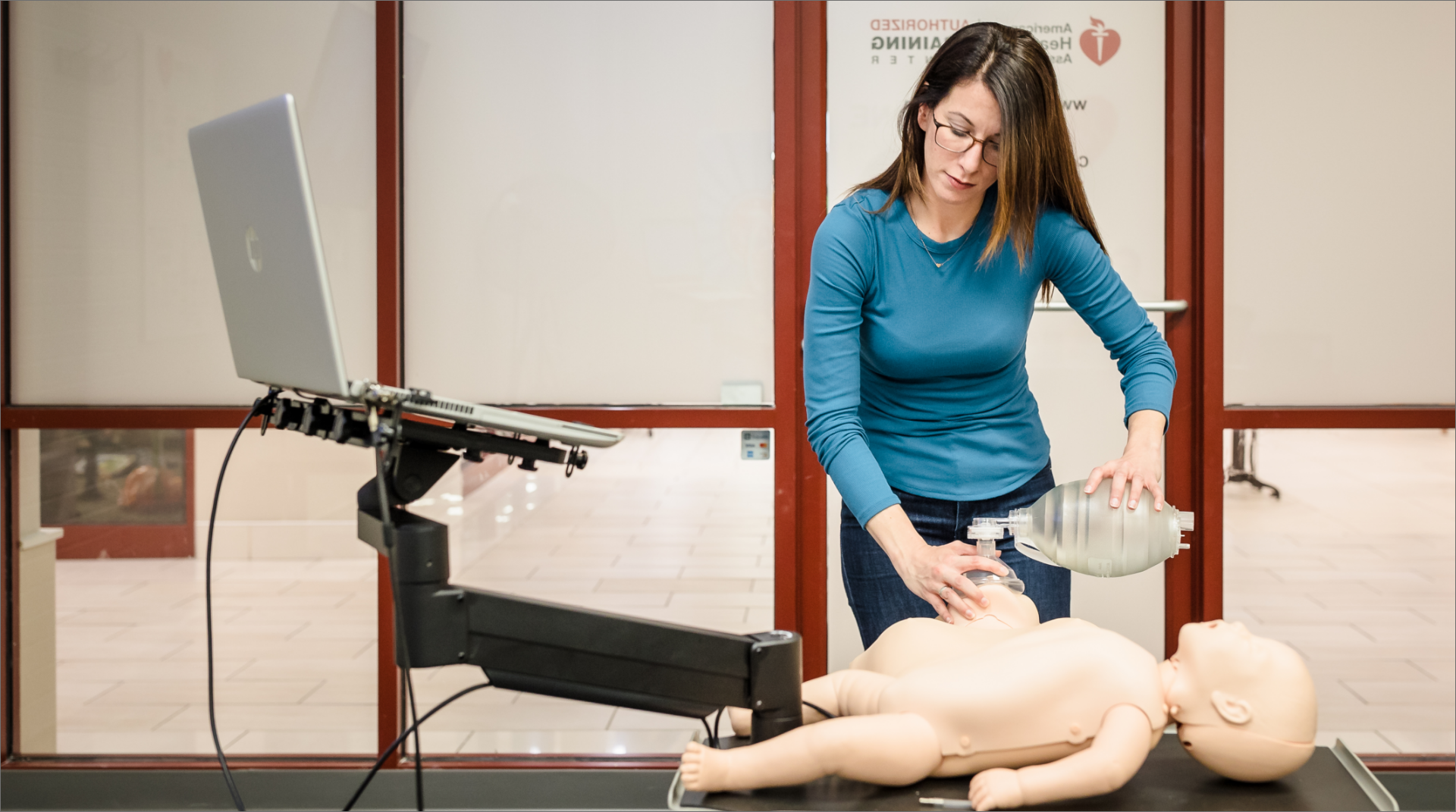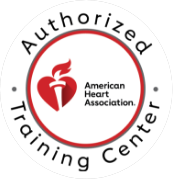

CPR Resource Center
The most comprehensive library of emergency training resources — including videos, articles, downloads, and more.


The most comprehensive library of emergency training resources — including videos, articles, downloads, and more.
By Allison Shok and Richard Shok

We recently spent time reviewing and discussing Dr. Steven Brooks’ engaging editorial “Public access defibrillation is a failed strategy” published earlier this month in the Canadian Journal of Emergency Medicine. It brings forward several accurate data points, most notably that the vast majority (70%) of out-of-hospital sudden cardiac arrests occur when the victim is at home and that survival rates of out of hospital arrests are troublingly low, especially when there is no bystander defibrillation.
Brooks is advocating for “a paradigm shift from public access defibrillation to personal access defibrillation.” Public access to defibrillation programs have been primarily established in non-residential locations like schools, airports, fitness centers, and concert venues. Personal access refers to individually purchased AEDs in homes.
Our response to Brooks’ editorial are as follows:
Strategy around the deployment of public access AEDs show that efficacy can absolutely be improved world-wide. A promising 2020 study completed by researcher Christopher Sun and his team published in the Journal of the American Heart Association (https://www.ahajournals.org/
The study first mapped out the 1,573 AED units that were present in the city and identified they covered only 14.4% of actual out-of-hospital cardiac arrests. Using computer-suggested AED placements, Sun showed that if AEDs were more strategically placed and accessible in this same sample body, 24.2% of those cardiac arrests could have had coverage with only 393 strategically placed and accessible AEDs. To be clear, by using 75% less AEDs, they would have had nearly double the coverage for those who suffered a SCA by just utilizing strategic placement.
Use of data analytics to identify cardiac arrest hotspots and strategic placement of AED units can cut down on the number of AEDs required for a deployment strategy while enhancing the overall coverage area.
When it comes to the topic of personal access to defibrillation, we are fascinated to follow the innovations happening in AED technology. We watch these developments with excitement and will absolutely consider a smaller, more inexpensive device when our current personal defibrillators need replacement.
However, when compared to the general populace, we are the exception to the rule. As nurses and cardiac advocates, we understand the importance of access to defibrillation, we have the financial means to acquire one and we recognize the importance of keeping them serviced. These factors will be barriers to effective widespread implementation in homes:
One of the mentioned options for home AEDs, Avive, has a comprehensive breakdown of current costs of AED ownership (https://avive.life/buying-
There should be no de-emphasis on public access to defibrillation until it is a foregone conclusion that every household has affordable access to their own functioning AED. If the focus turns to personal access to defibrillation before that time, the survival gap between disparate communities will only widen. Those with means will be even more likely to survive and will make death from SCA more likely in the poor and underserved populations.
Innovation is exciting and necessary, but it shouldn’t come at the expense of the overall public’s health and safety.
Help Me Find a Course